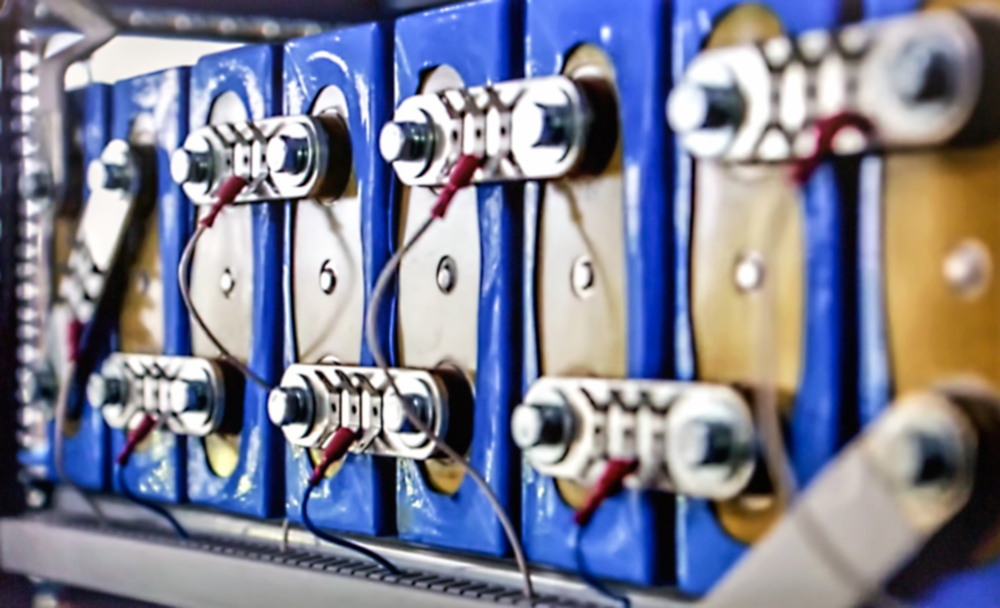The COVID-19 pandemic has disrupted global supply chains and adversely impacted manufacturing across many sectors. India has also seen the deleterious impact of the pandemic, which has forced it to rethink existing supply chains. Prioritizing the restructuring of manufacturing industries heavily dependent on imports has become critical and the lithium-ion industry is among the most important.
Transformations in passenger mobility, vocal activism against global warming and an everincreasing petroleum import bill have all pushed India’s foray into the electric vehicle (EV) segment and it plans to expand the EV share in the cumulative automotive sector to 30% by 2030. Apart from this, India is set to increase the share of renewable energy in the next decade which will require significant investments in storage projects which will be catered to by batteries.
Any meaningful penetration of the EV segment in India’s auto sector would have to be driven by heavy investment in the manufacturing of lithium-ion batteries, which currently is mainly imported from China. Lithium-ion batteries are the most popular and cost-effective batteries right now since other EV-enabling batteries are not commercially scalable.
India faces numerous challenges in its ambitions of becoming a global manufacturing base but none more so than its dependence on China for lithium – a critical component essential for the production of several goods, most notably Electric Vehicle batteries.
This report analyses India’s lithium requirements, the need to diversify its supply, China’s virtual monopoly on production and supply, and the future of India’s EV industry.
Oops! We could not locate your form.



